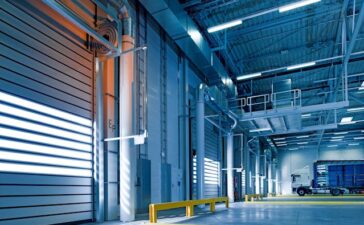Flooring is a crucial element in interior design, setting the tone for the entire aesthetic of a space. Among the myriad of flooring options available, engineered timber flooring stands out as a versatile and popular choice. Combining the timeless appeal of real wood with innovative construction, engineered timber flooring offers a blend of beauty and practicality that meets the demands of modern living. In this article, we will explore the characteristics, benefits, and considerations associated with engineered timber flooring.
Engineered timber flooring is a type of hardwood flooring that consists of layers of real wood adhered together. Unlike solid hardwood, which is made from a single piece of wood, engineered timber flooring geelong is crafted using a layered construction. The top layer, known as the veneer or wear layer, is made from a thin slice of real hardwood. This layer provides the authentic look and feel of solid wood while the layers beneath are typically composed of high-quality plywood or fiberboard.

One of the key advantages of engineered timber flooring is its enhanced stability and durability. The layered construction minimizes the natural expansion and contraction that solid wood experiences in response to changes in temperature and humidity. This makes engineered timber flooring particularly suitable for areas with fluctuating environmental conditions, such as kitchens, bathrooms, or basements. The stability of engineered timber also makes it compatible with underfloor heating systems.
The top layer of engineered timber flooring is a real wood veneer, providing an authentic and luxurious appearance. This means you can enjoy the rich textures, grains, and natural variations that come with genuine hardwood. Engineered timber flooring comes in a wide array of wood species, finishes, and colours, allowing homeowners to choose a style that complements their interior design preferences. Whether you prefer the warm tones of oak, the sophistication of walnut, or the contemporary look of maple, there is an engineered timber option to suit every taste.
Engineered timber flooring offers flexible installation options, making it a favourite among DIY enthusiasts and professional installers alike. Unlike solid hardwood, engineered timber can be installed as a floating floor, meaning it is not directly glued or nailed to the subfloor. This installation method is not only quicker but also allows for greater flexibility, especially in areas where the subfloor may not be perfectly level. Additionally, engineered timber flooring can be glued down or stapled depending on the specific requirements of the space.

For environmentally conscious consumers, engineered timber flooring can be a sustainable choice. The manufacturing process typically involves using less hardwood than solid wood flooring, making it a more resource-efficient option. Additionally, some engineered timber products use recycled materials in their construction, contributing to eco-friendly building practices. Before making a purchase, it’s advisable to check for certifications such as the Forest Stewardship Council (FSC) label, indicating responsibly sourced wood.
Engineered timber flooring is known for its low maintenance requirements. Regular sweeping or vacuuming, along with occasional damp mopping, is usually sufficient to keep the floors looking pristine. The durable finish on the top layer of engineered timber provides resistance to scratches, stains, and wear. With proper care, engineered timber flooring can maintain its beauty for many years, making it a long-lasting investment in the aesthetics and functionality of your home.





